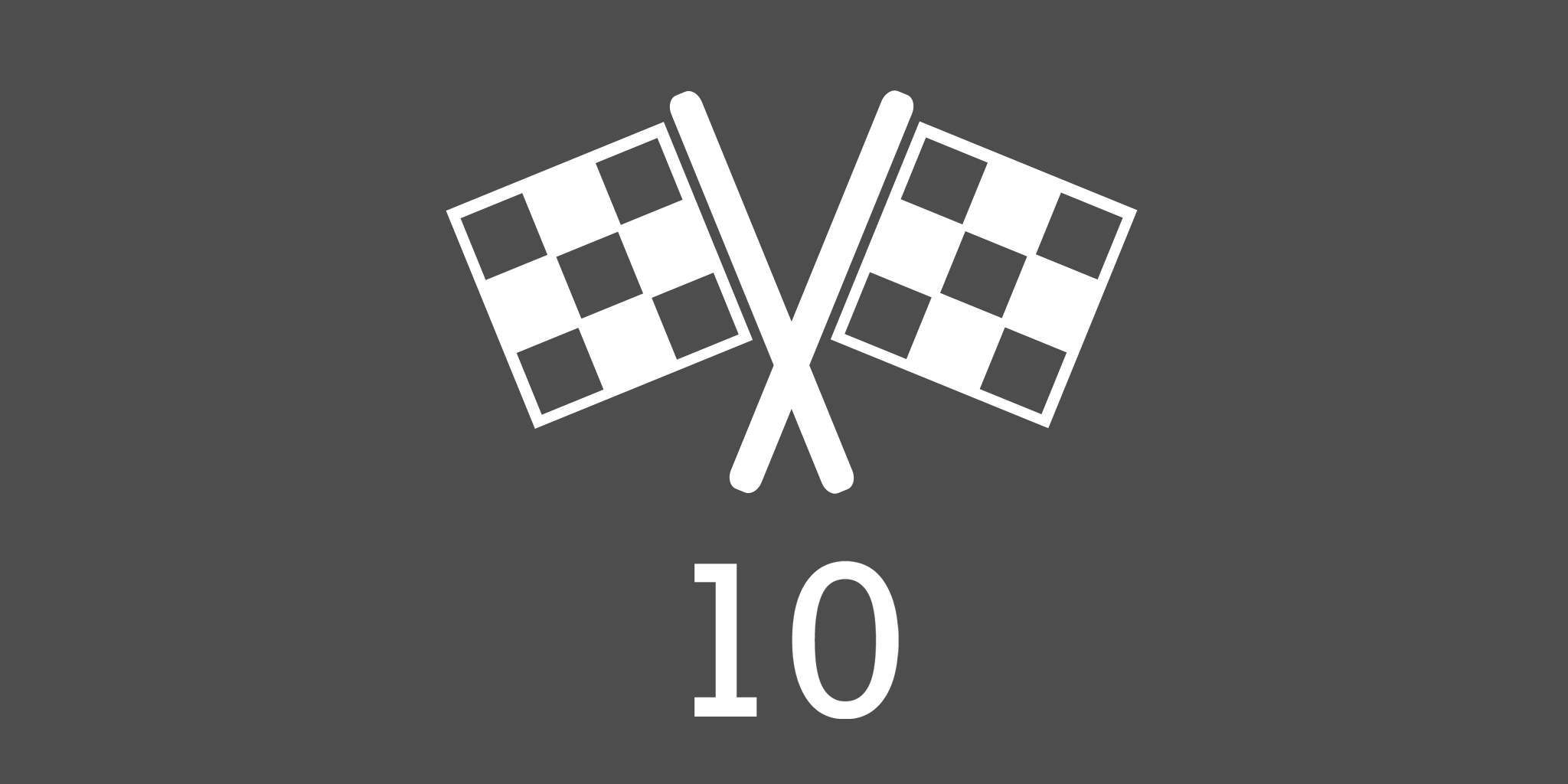Step 10: getting started
Step 10 is where I help you start with everything you’ve learned so far. I will add several tips and tricks that work for me and point you toward additional materials for inspiration for action.
Welcome to the last step of our “10-steps to Ultimate Productivity Course.” Here I’ll help you start putting your own productivity system in place. We’ve covered a lot of material in the past lessons, but don’t let it overwhelm you. Let’s go!
Zeroing inboxes
As we said, what’s on your mind is what’s bothering you, so make sure to put your thoughts, documents and everything else into one big inbox. Literally put them all in a box.
Now start processing the box until it’s at zero. Decide what to do with a piece of paper. If it’s actionable, add to your task and project management system (like Nozbe); if it’s reference material, put it in your drawer, or scan it to Evernote, Dropbox, Nozbe or somewhere else.
Decide on each and every element and move on. Keep on sorting until the inbox is empty. Don’t worry if after doing all this your productivity system is not perfect; you’ll tweak it as you go. Congratulations! You’ve completed your first step.
Creating tasks and projects
Now work with your system, add more tasks, move them around, create more projects, and delete or reorder other ones. Work with all this for a week and take notice of your initial results.
Weekly review
Now, after the first week is over, review everything. See what’s in your inbox, review each project, clear things up, and see where you can improve and what you can change.
After your first week, I encourage you to watch the course videos again and get inspired. Maybe you’ll catch something you haven’t noticed before and you’ll improve your system even more. Now, schedule your next week’s review.
Keep this all up for the next four weeks. Make sure not to miss any weekly review session with yourself and keep on improving the system. Be religious about putting everything in your inbox; don’t shove it anywhere else. What is put in the inbox eventually gets taken care of.
Processing your emails
In the meantime, practice email processing. Archive all the emails in your inbox that are more than one month old. Process the rest one by one and decide what to do with them. After a few hours, your email inbox will be at ZERO. Congrats!
Communicate to your peers your new email strategy. Start small — tell them you will process your emails every hour. Turn off all the "email sounds”; it isn’t the nineties anymore — you’re not as happy about an incoming email as you used to be.
Get inspired
Subscribe to some productivity blogs like: Lifehacker, Lifehack, my own blog and some more. Read all the issues of the Productive! Magazine that you missed. Make sure you get a nice feed of new information coming in every day to inspire you.
Read more
I’m not an avid reader by design but I understand the value of good books and I read roughly one book a week. How? I don’t actually read them, but rather people read them to me — I listen to audiobooks — and I’ve got plenty of time for it — in my car, when I jog, run errands, you name it. You’ll be amazed how much time you spend on the move — use it.
Having said that, I do encourage you to read books by David Allen, Stephen Covey, Brian Tracy, Tony Robbins and the authors that publish regularly in the Productive! Magazine.
Find a “productivity partner”
Think of someone who is also starting to build their productivity system. Work with them. Share your idea with tips and tricks to keep on improving your systems and to encourage one another.
Experiment and improve
Don’t be afraid to experiment with many techniques I mentioned earlier, like Pomodoro. Watch the “Productivity Videos” on my blog, where I experiment with various hacks and tricks.
Learn to touch-type if you don’t already. I know beginnings are hard and it feels like going back to primary school, but you’ll type 2-3 times faster after a month of training. There are many courses on the Internet, as well as programs for Mac and Windows devices.
Calendar
Don’t be a slave to your calendar — try to only mark events that must occur at a certain date and time. Leave out the rest. Don’t depend on your calendar for planning so much. Your task system serves this purpose.
By the way, Nozbe syncs with Google Calendar so you’ll be able to see your due dates of tasks in your Google Calendar and on your smartphone if you sync it all. If you prefer the “calendar view,” this is a great way to go.
Get a smartphone if you don’t have one. Download Nozbe or another task management app that syncs with your desktop. You’ll be amazed how much can get done when you are on the move.
Congratulations for making it this far!
I wish you all the success and if you have questions, find me on my web site: MichaelSliwinski.com, on Twitter and Facebook, or simply email me at michael@nozbe.com. Good luck!

